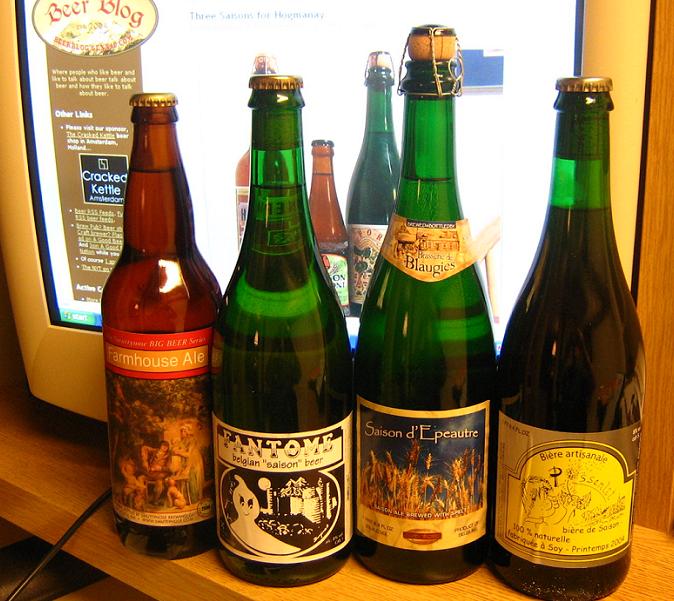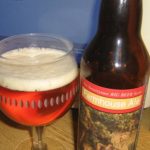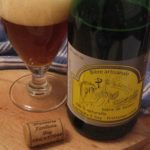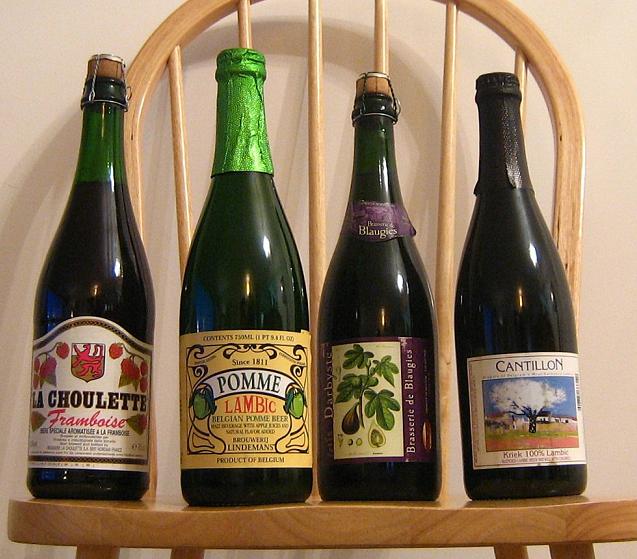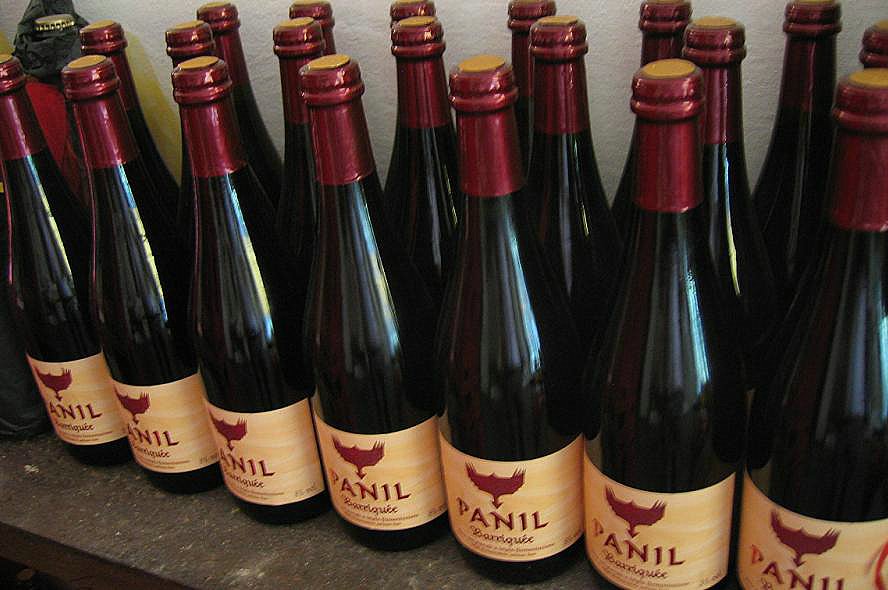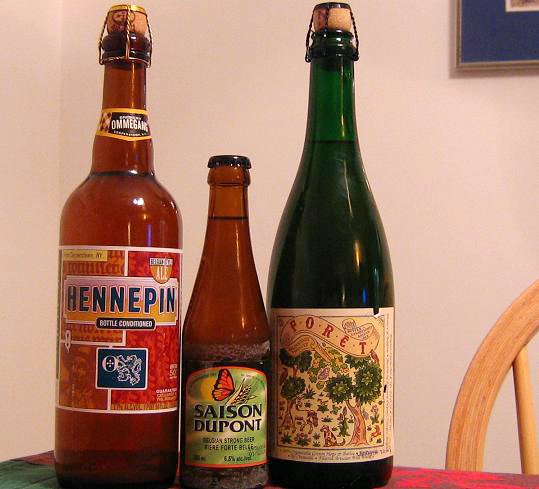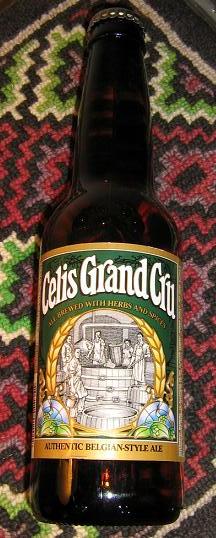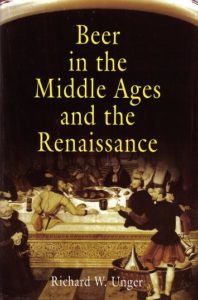 Finding this, for the beer nerd who also likes book with footnotes, is something of a moment, a wee glimpse of nirvana. The author, Richard W. Unger, is a professor of the history of the medieval period from the University of British Columbia who has also written texts about shipping and brewing from the perspective of pre-1800 Holland. Serious writing about a topic that deserves a serious approach.
Finding this, for the beer nerd who also likes book with footnotes, is something of a moment, a wee glimpse of nirvana. The author, Richard W. Unger, is a professor of the history of the medieval period from the University of British Columbia who has also written texts about shipping and brewing from the perspective of pre-1800 Holland. Serious writing about a topic that deserves a serious approach.
What can I say about this? First, it cost me 75 bucks at the World’s Biggest Bookstore in Toronto. Like any academic text with a short run and a limited market, it is not a cheap book. And, if you do not think you are going to find something interesting in the discussion of the effects of 15th century taxation policy on North Sea coastal trade, well, maybe this is not going to be the book for you. But if the idea of a seventeen and a half page bibliography of source material on medieval brewing – not to mention thirty-nine pages of endnotes – is your type of reading, well this is the book for your next holiday weekend.
Really, Beer in the Middle Ages and the Renaissance is not so much about beer as the effect of the hop on trade in beer which caused the first industrial revolution in beer through the southern North Sea trade routes from roughly 1350 to 1550 – the second being triggered by the porter boom of roughly 1760 to 1840. The main concept is quite simple actually. Hops preserved beer. Once beer is preservable and can last more than a few days, long enough to be moved, then it will be moved and sold for a premium price as a luxury item. After it comes to be understood, it will then be copied as a local product which over time drives out the previous locally made unhopped ale. Later, it loses out to the next following luxury items as well as a general economic downturn both of which conspire to lowers its central role in the economy.
Unger traces the development of trade in beer largely with a focus on the Low Countries through analysis of tax records, municipal by-laws, guild creation, shipping records and other evidences of the huge role beer played in medieval society. He does so aware of the vastly different context in which beer is places in contemporary culture. This the first paragraph of the book’s preface illustrates that distinction neatly:
The mention of the history of beer always brings a laugh or at the very least a snicker. The histoty of beer for most people is not a serious topic of study. It seems to them frivolous and hardly worth more than a few diverting minutes of anyone’s time. Beer, after all, is a drink for leisure, for young people, generally men, and associated with sports and student life. That perception of beer is a case of historical myopia, of an inability of many people at the beginning of the twenty-first century to convince of a world different from their own. The prevailing presentism makes it difficult for many to comprehend a world where beer was a necessity, a part of everyday life, a drink for everyone of any age or status, a beverage for all times of the day from breakfast to dinner and into the evening.
Not to worry that you will not appreciate how this detailed focus on a relatively short period as Unger leads you into the medieval with a description of fermented drinks of preceeding periods and also carries on after the main discussion showing how innovations in the gin and wine trades as well as the tropical beverages of tea, coffee and cocoa replaced beer in may social settings and therefore in the economy.
I may add a bit to this later but suffice it to say if you enjoy a good read about the history of beer and have read more popular histories like Beer: The Story of the Pint or Man Walks into a Pub, I would say it is time to take on this more purely academic text.

 Gold amber ale under large frothier lazy rim and foam that quickly fades then leaves town. The smell is beyond brett. The unripe Annapolis Valley Gravenstein green apple of my Nova Scotian youth gone mad with aspirations of manure pile. Quite plainly watery at the outset then acid and more acid…then one note of poo. Not refreshing to slightly sub-Cromwellian stridency. Annoying. Then at the end a hint of apple cider. Foul. I wonder if this is an example of mass reputation piercing the veil of reality – mob craftism.
Gold amber ale under large frothier lazy rim and foam that quickly fades then leaves town. The smell is beyond brett. The unripe Annapolis Valley Gravenstein green apple of my Nova Scotian youth gone mad with aspirations of manure pile. Quite plainly watery at the outset then acid and more acid…then one note of poo. Not refreshing to slightly sub-Cromwellian stridency. Annoying. Then at the end a hint of apple cider. Foul. I wonder if this is an example of mass reputation piercing the veil of reality – mob craftism.